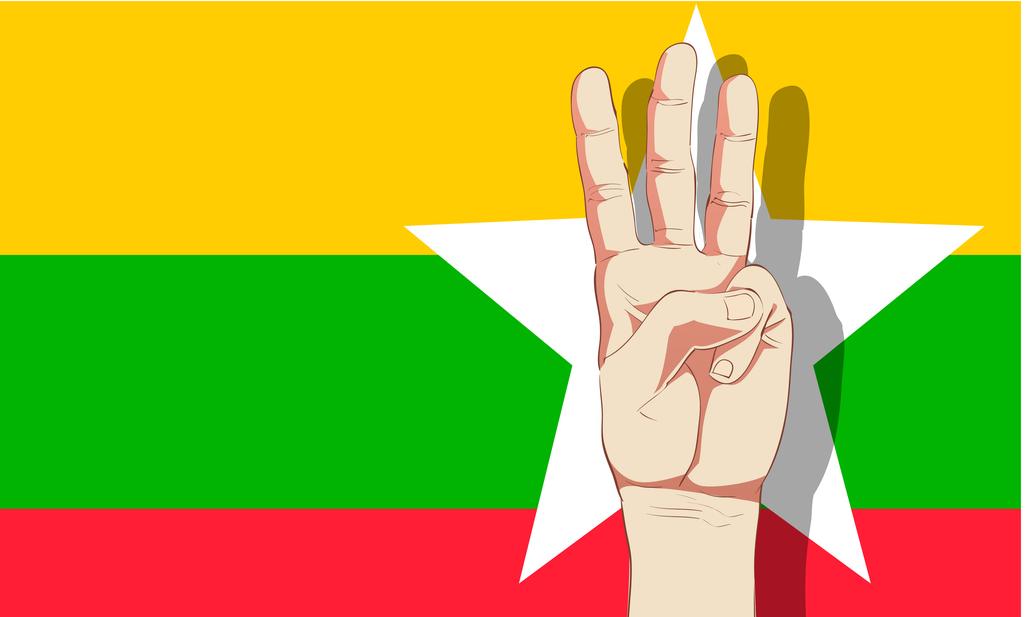
- Home
- India
- World
- Premium
- THE FEDERAL SPECIAL
- Analysis
- States
- Perspective
- Videos
- Sports
- Education
- Entertainment
- Elections
- Features
- Health
- Business
- Series
- In memoriam: Sheikh Mujibur Rahman
- Bishnoi's Men
- NEET TANGLE
- Economy Series
- Earth Day
- Kashmir’s Frozen Turbulence
- India@75
- The legend of Ramjanmabhoomi
- Liberalisation@30
- How to tame a dragon
- Celebrating biodiversity
- Farm Matters
- 50 days of solitude
- Bringing Migrants Home
- Budget 2020
- Jharkhand Votes
- The Federal Investigates
- The Federal Impact
- Vanishing Sand
- Gandhi @ 150
- Andhra Today
- Field report
- Operation Gulmarg
- Pandemic @1 Mn in India
- The Federal Year-End
- The Zero Year
- Science
- Brand studio
- Newsletter
- Elections 2024
- Events
- Home
- IndiaIndia
- World
- Analysis
- StatesStates
- PerspectivePerspective
- VideosVideos
- Sports
- Education
- Entertainment
- ElectionsElections
- Features
- Health
- BusinessBusiness
- Premium
- Loading...
Premium - Events

x
The offensives launched by the multiple ethnic and Bamar armed groups seem to be carrying the battle to the heart of Myanmar's military junta. Representational image shows the 3-finger salute protest sign against the Myanmar flag. Image: iStock
Some ethnic Myanmar rebel armies have strong ties to rebel groups in Northeast India, and a few consignments of drones may be passed on to Indian rebels
A series of recent drone attacks on top of Myanmar military figures reflects a strategic shift in the offensive launched by multiple ethnic and Bamar armed groups, insofar as the priority now seems to be on carrying the battle to the heart of the nation's military junta.
The anti-regime armed groups had focused on expanding spheres of territorial control in remote regions since the 1027 Brotherhood Alliance offensive began last autumn. But, since the beginning of April, they are focusing more on striking at the centre of the military regime's governance structure.
Drone attacks
Senior Myanmar generals have become the targets of Opposition drone attacks in recent days, reinforcing the impression that the regime is under severe survival pressure and the country’s long-drawn-out civil war is entering a decisive final phase.
Even if the Myanmar military junta hangs on to power for longer than now expected, not only are they looking at huge loss of territories especially in strategic border regions but at drone attacks and attempted individual assassinations of junta figures that may impact on the military's power base.
Vice-Senior General Soe Win, the second-ranking officer in the military regime, while attending a meeting at a military facility in the state of Mon, was attacked by Opposition drone swarms last Monday and Tuesday. Soe Win was reportedly injured and his parked helicopter damaged.
A People's Defense Forces spokesperson, affiliated with the parallel National Unity Government, told this writer that two drones crashed into buildings at the facility on Monday and five drones rammed into buildings and a helicopter at the same facility on April 16.
Earlier event
The strikes followed an attack in the same state on Saturday, April 20, when the convoy of Gen Mya Tun Oo was hit by a bomb dropped by a drone.
He is among the regime's top five officers. An army spokesperson admitted that a luxury van was damaged, but the general – also the country's deputy prime minister as well as minister of transport and communications – was not harmed.
The Karen National Defence Organisation, an ethnic minority armed group in Myanmar's eastern Kayin State, confirmed its involvement in the attack. Its spokesperson admitted that they had advanced notice of Mya Tun Oo's and others' planned inspection of the new airport in Mon.
Two key factors
These drone attacks point to two key factors which may turn the tide decisively against the military junta. In the first place, it points to greater coordination between the vast multitude of Opposition forces and some evidence of coordinated centralised planning in striking pre-selected targets. Secondly, it shows the Opposition now has solid intelligence on the junta's movements and plans which is helping them conduct drone strikes.
These drone strikes were carried out days after over a dozen drones on April 4 attacked the military's headquarters and a base in Naypyitaw. A state-run daily said those drones were intercepted by the military regime's forces, and no facilities were damaged.
But the private residence of military chief Min Aung Hlaing was reportedly in their sights.
Surprise attacks
The plains around Naypyitaw and Yangon are considered a disadvantage for the resistance forces. Although they are strong in mountainous guerrilla warfare, they are far inferior to the military in terms of heavy equipment such as tanks. The use of drones enables surprise attacks on the military regime's facilities and key personnel.
Separately, photos shared on social media by the Karen National Union, a prominent anti-regime force, on Thursday, April 18, show guns and ammunition draped with the flag of the Myanmar army's 275th battalion, indicating the group's surrender to resistance forces in Myawaddy, along the Thai border.
The social media photos were posted after hundreds of Myanmar military personnel and their family members surrendered to the KNU, and after officials reportedly began evacuating over the weekend.
India's response
India should not be complacent over the surge in drone attacks by the Myanmar Opposition.
Since some of these ethnic rebel armies have strong ties to rebel groups in Northeast India, a few consignments of drones like the Alpha Bats supplied to the Myanmar rebels by US and Western intelligence may be passed on to Indian rebels. To ensure that does not happen, Indian intelligence needs to covertly connect to these groups and ensure they don't help their ethnic brethren in Northeast India.
India needs to connect to these groups like the Arakan Army anyway because their increasing territorial control means Delhi cannot complete their ambitious connectivity projects through Myanmar without managing these rebel groups.
(The Federal seeks to present views and opinions from all sides of the spectrum. The information, ideas or opinions in the articles are of the author and do not reflect the views of The Federal.)
Subir Bhaumik, a veteran BBC journalist and author, worked for Myanmar's leading media group Mizzima as Senior Editor.
Next Story


